How to sound like Jean-Michel Jarre
The brilliance of Jean-Michel Jarre came in the way his style of music reached people, at a time when synthesizers and concepts like “electronic music” were still regarded with suspicion. His passion for synthesis, electronic instruments, and their accompanying music production techniques created a cult following.
These became lifelong fans and were not only supporters of Jarre as an artist, but what he stood for as a pioneer of electronic music. Whether you’re among them or not, one can’t argue that he passed the torch on to the generation of artists that followed, including the likes of Air, Daft Punk, and M83.
The instruments of Jean-Michel Jarre
As an artist known for the incredible range of instruments he used and the sounds he created with them, it’s always tricky to pick out one instrument over another. Although each was a source of inspiration in some way, we’ve selected a few that were central to Jarre’s creative process over the years.
EMS VCS 3 “The Putney”
Introduced in 1969, the EMS VCS 3 is designed using a unique modular approach that separates it from other synthesizers even today. For years it was Jean-Michel Jarre’s main instrument, especially on Oxygène (1976) and Equinoxe (1978).
Besides Jarre, other notable users of EMS instruments include Pink Floyd’s David Gilmour and Roxy Music’s Brian Eno. Although it was not used as the musical centerpiece as it was in Jarre’s compositions.
He also used it extensively on tour throughout his career, and two VCS 3s can be seen in use on the Oxygène (Live In Your Living Room) live performance, recorded in 2007.
While the original VCS3 had been out of production for decades, modern alternatives exist both in software and hardware form. Our choice would be the Erica Synths SYNTRX, a modern take on the VCS3 sound and interface.

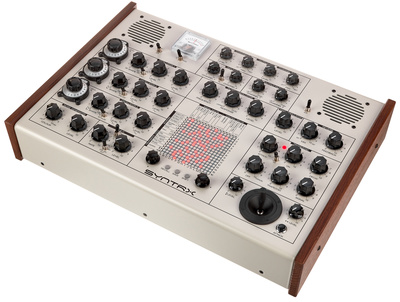
ARP 2600
One of the most highly regarded synths of all time, the semi-modular ARP 2600 came onto the market in 1971 and had a major impact on the music world. Jarre referred to 2600s as the “Stradivarius or the Steinways of electronic music” and used them extensively on Oxygène and Equinoxe.
He also used the 2600 on memorable collaborations such as Christophe’s Les Paradis Perdues (1973) and Les Mots Bleus (1974). As a compact and more portable alternative to the Moog Modular, it became a go-to synth for prog-rock musicians and has also been used by Vince Clarke, Underworld, Stevie Wonder, Orbital, and Nine Inch Nails.

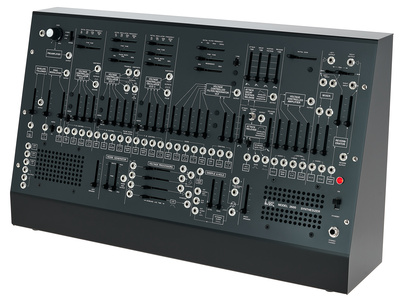
Fairlight CMI
As a more affordable alternative to the Synclavier sampler, the Fairlight CMI – launched in 1979 – changed the outlook of so many artists like Jarre who were relying on tape loops until that point.
At the GRM Institute, the training Jarre received under Pierre Schaeffer inspired his attraction to the Fairlight, along with a musique concrète-like approach to sound creation.
He worked with Marcus Miller on Zoolook (1984), where they use the Fairlight to sample and manipulate Miller’s bass parts for incorporation on the album. At this time, the Fairlight was also being used by Peter Gabriel and Kate Bush.

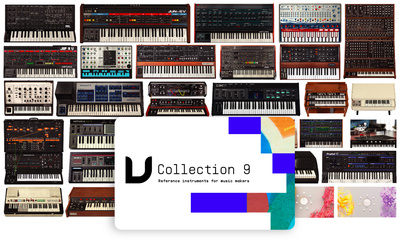
Memory Moog
Despite the name, the Memory Moog is ironically the favourite instrument of many artists due to its ability to sound different every time you switch it on.
For Jarre, it was his first true introduction to polyphonic synthesis. Moreover, it had patch memory, which was a new innovation for synths of this complexity back in 1982.
This meant a move away from traditional composition where synths had been utilized like classical instruments, and into a new era.

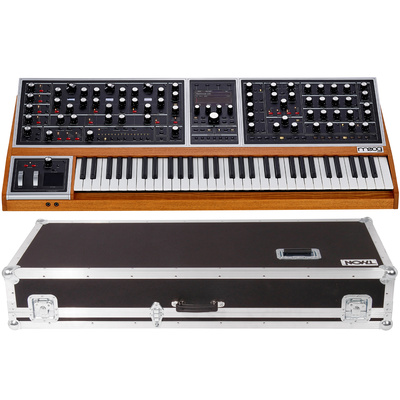
Roland JD-800
As easily one of the most underrated synths of all time, it’s no surprise to find the JD-800 among Jarre’s favourites. Launched in 1991 and inspired by the massive impact the DX7 had on music culture in the 1980s, the JD-800 took a far more intuitive – almost virtual analogue – approach to synthesis.
Jarre’s experience with analogue synths meant he instantly resonated with the interface and felt he was able to manipulate sounds with more freedom than the DX which he associated with imitating acoustic instruments. Notable users of the JD-800 include ELP, Genesis, Depeche Mode, Vangelis, Tangerine Dream, LTJ Bukem, Laurent Garnier, and Sasha.

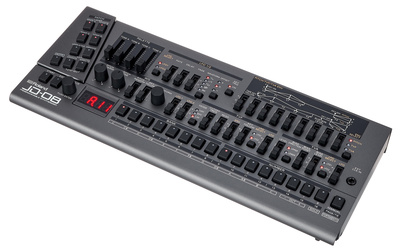
What are your favourites from JMJ’s choices of synths and drum machines? Let us know in the comments below!
More about Jean-Michel Jarre:
- Listen to the new album Oxymore
- JMJ Official Page
- Jarre interview from 2012
- More Sound-alikes
- Everything vintage
Videos:
You are currently viewing a placeholder content from YouTube. To access the actual content, click the button below. Please note that doing so will share data with third-party providers.
You are currently viewing a placeholder content from YouTube. To access the actual content, click the button below. Please note that doing so will share data with third-party providers.
You are currently viewing a placeholder content from YouTube. To access the actual content, click the button below. Please note that doing so will share data with third-party providers.
You are currently viewing a placeholder content from YouTube. To access the actual content, click the button below. Please note that doing so will share data with third-party providers.
Note: This article contains affiliate links that help us fund our site. Don’t worry: the price for you always stays the same! If you buy something through these links, we will receive a small commission. Thank you for your support!
4 responses to “How to sound like Jean-Michel Jarre”

 4,6 / 5,0 |
4,6 / 5,0 | 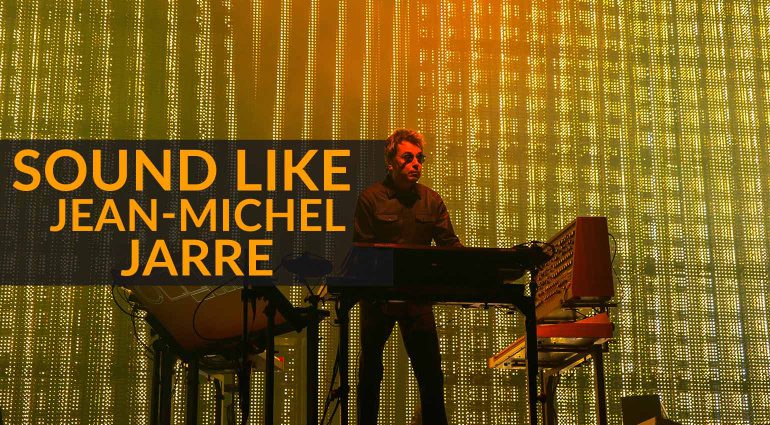

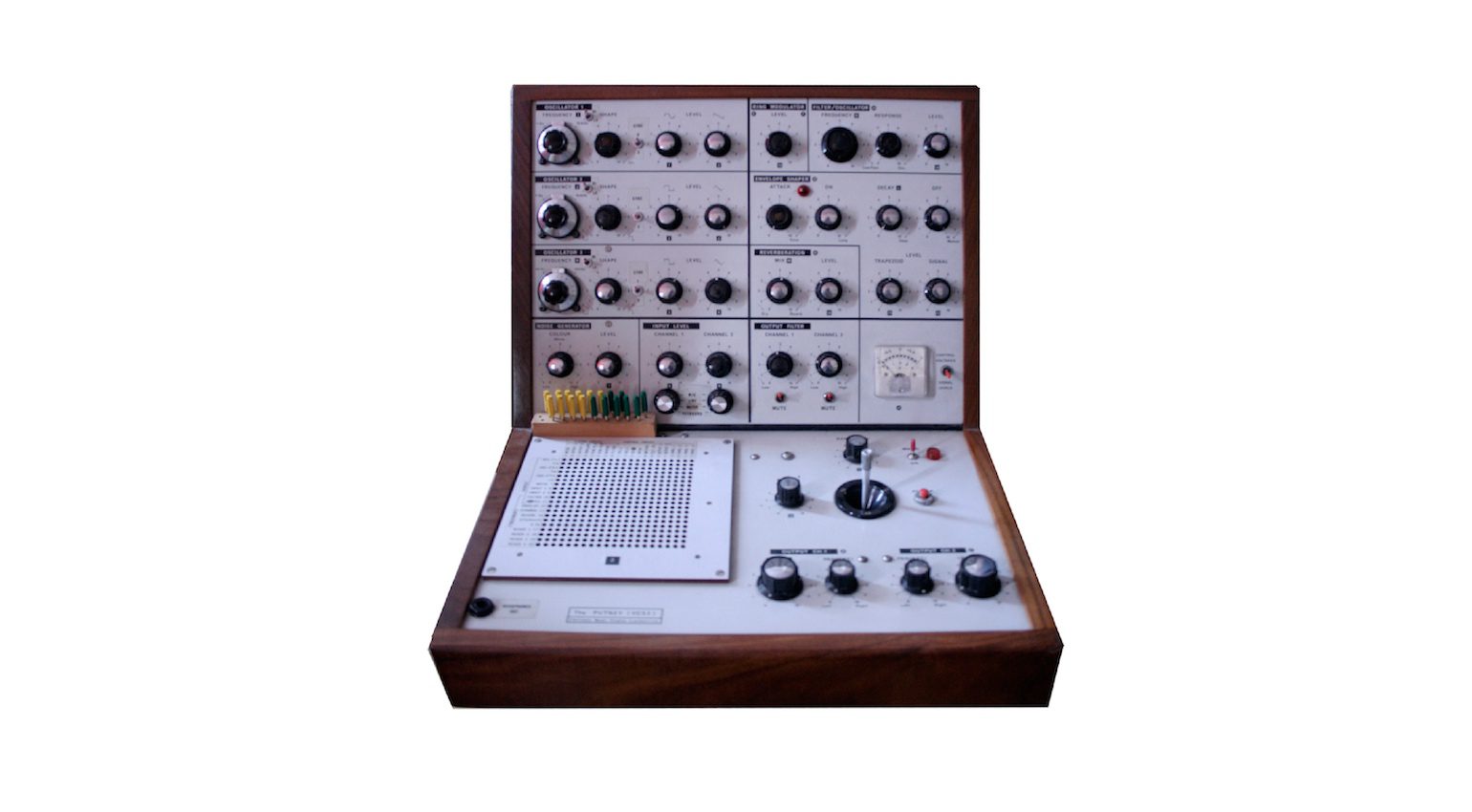









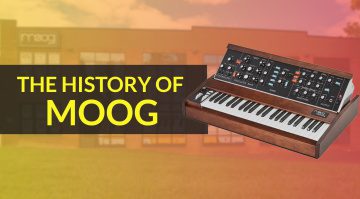
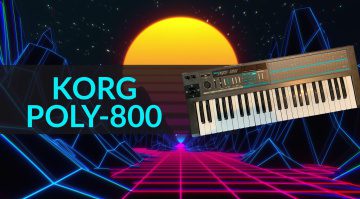

He’s mentioned on various occasions that the Teenage Engineering OP-1 is one of his all time favorite synths.
Tip. How to sound like Jean Michel Jarre. Download the free Protracker for Windows. Construct melodic electronic tunes from 31 samples using only 4 tracks. You can ONLY sound like JMJ on an offday by doing that 😁Alternatively, start from scratch as JMJ did in the mid 70s, find everything out yourself, buy what you can afford, record it all in your kitchen, and don’t forget to have in your mind an LSD inspired naturalist concept such as oxygen or one of the 2 annual equinoxes. Then, you’ll sound like JMJ 😁
Elka Synthex!
It was a big disappointment a few years ago when I heard a factory NI FM8 sound/tune (with a little change) in a JMJ song. A JMJ shouldn’t do that… There is no problem with vsti instruments if someone uses them nicely and creatively. But from a Synth legend it was very surprising to me.